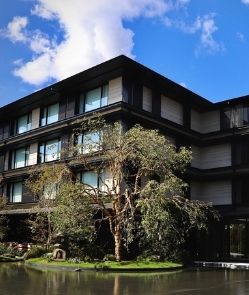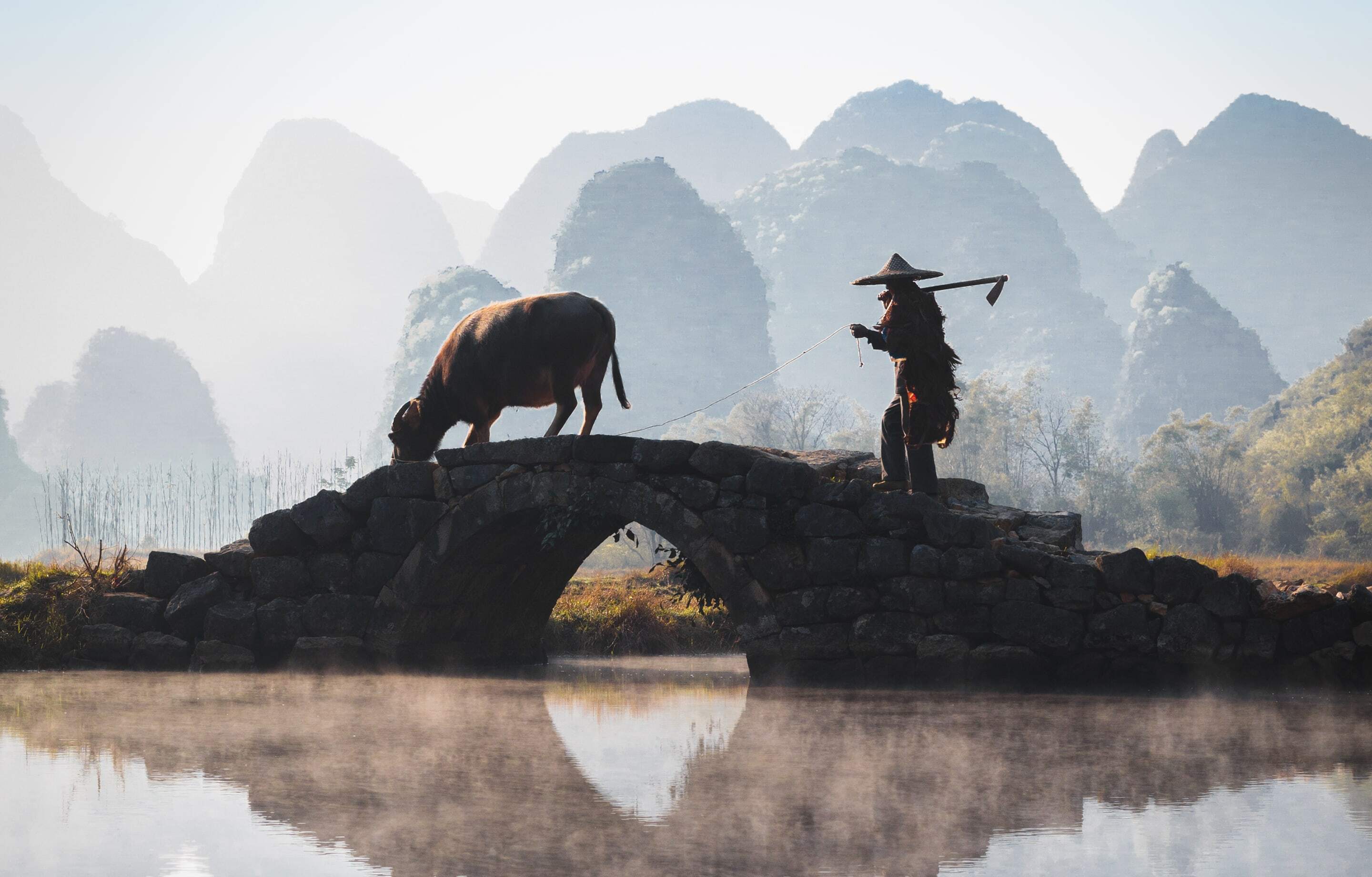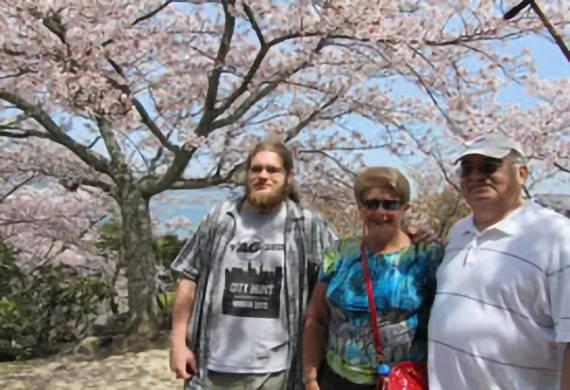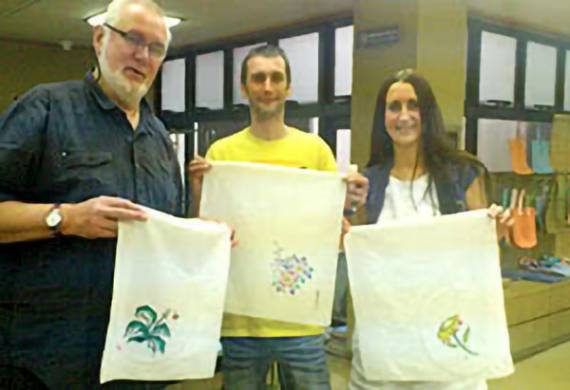- Duration
- 14 days / 13 nights
- Price Per Person
- From $49,000
A handpicked selection of experiences endorsed by our experts. If you can’t see what you’re looking for, let us know, as our extensive network of local contacts can open many doors.
Visit Daitoku-ji, which was founded in 1319 and was historically one of Kyoto’s principal centers of the “Way of Tea,” and tea ceremony and related arts like calligraphy flourished here. To this day, it remains a subdued oasis in Kyoto’s northern reaches. It is a vast temple complex containing 21 sub-temples, of which Daisen-in and Obai-in both have excellent Zen gardens.
Visit the Fushimi Inari Grand Shrine, one the most mysterious and haunting Shinto shrines in all of Japan. This iconic image of Japan was the inspiration for Bulgarian artist Christo’s Central Park Gates; the shrine grounds are home to tens of thousands of vermilion torii (gates) which create tunnels that run for miles up through the forest of Mount Inari.
Have a private dinner in the Gion neighborhood accompanied by traditional geisha performance and socializing. Kyoto is the birthplace of this time-honored custom, which began in the 17th century and typically includes songs with shamisen (a three-stringed instrument). Though once a central part of Japanese culture, today the art of the geisha is largely one of historical preservation.
Stop by the Ginkaku-ji, the “Silver Pavilion” to Kinkaku-ji’s gold. Like the Golden Pavilion, Ginkaku-ji was built to be the retirement villa of a 15th-century shogun and was converted into a Zen temple after his passing. Ginkaku-ji is renowned for its meticulously landscaped gardens, including a dry garden dubbed the “Sea of Silver Sand,” unique for its huge sand cone nicknamed the “Moon Viewing Platform,” and a sizeable moss garden with pond, islands and bridges.
Have lunch at Honke Owariya, Kyoto’s oldest noodle restaurant (nearly 550 years old). During the Edo period (1603-1868), it served its famous dishes inside the Imperial Palace itself, and it continues to tout its status as the Imperial family’s noodle purveyor of choice in Kyoto.
The Kinkaku-ji, or "Golden Pavilion," is one of the iconic sights of Kyoto. Built as a pleasure pavilion by a 15th-century shogun and burned down by a deranged monk in the 1950s, it has now been rebuilt to is previous exquisite perfection.
One of the oldest temples of the city, Kiyomizu is built high on massive stilts in the eastern foothills, with excellent views of Kyoto. Kiyomizu means “pure water,” and the temple takes its name from the Otowa waterfall that flows within its grounds. The waterfall tumbles in three streams, said to represent wisdom, health and wealth. Visitors typically queue up to sip from ladels provided (first use one cup to rinse your hands, then a second cup to sip from, and finally a third cup to stand on the ladel’s end to allow water to flow down and rinse the handle). Please note that Kiyomizu-dera is an attraction of great renown, and as a result, it is often one of Kyoto's most crowded temples.
Take a day trip to the I.M. Pei-designed Miho Museum, located about 1 hour by car southwest of Kyoto. You will be met and guided on a private tour by a museum curator. The museum houses Koyama’s private collection of Asian and Western antiques, as well as other pieces with an estimated value of between US$300 million to US$1 billion. Each exhibit in the Miho Museum was carefully selected as much for its artistic beauty as its historical significance, and careful attention is paid to how the collection is displayed.
An imposing, quintessential Zen temple that made a cameo in Sofia Coppola’s film Lost in Translation, the Nanzen-ji contains an enormous two-story sanmon, or main gate, that is one of the largest in Japan. The ascent up steep stairs to the second-story balcony rewards visitors with breathtaking views. In the main temple building, pause and enjoy a cup of green tea; savor the sound and sight of a waterfall emptying into a pond, and you will understand why Nanzen-ji has been a Zen holy place since the 13th century.
Explore Nishiki market, where myriad food stalls serve yakitori (grilled chicken on a stick), fried fish, oshinko (pickled vegetables), and much more. Nishiki is where many residents of Kyoto do their grocery shopping if they have time; it is similar to wet markets in Hong Kong, except they are much cleaner and more dedicated. Generally, each storefront only sells one thing: bonito fish flakes, root vegetables, fresh fish, or locally made sake, for example.
Go on the “Philosopher’s Walk,” named after a Kyoto University philosophy professor, Nishida Kitaro, who trod this path along the Shishigatani canal daily. The route takes you past several temples and shrines within a park that is also home to coffeehouses, boutiques and craft shops. Cherry blossoms and maple trees line the walkways; this is indeed the perfect place to reflect and contemplate.
With its world-famous stone garden (karesansui) Ryoan-ji is another of Kyoto’s UNESCO World Heritage sites. The Zen rock garden, measuring 2,659 square feet (247 square meters) in area, is believed to have been originally landscaped in the 15th century. It consists of 15 moss-covered small boulders in a sea of raked white gravel, and is laid out so that when viewing the garden from any angle (other than a bird’s-eye view), only 14 rocks are visible – the 15th becoming visible, it is said, upon enlightenment.
In terms of shopping, Kyoto is famous for its traditional handicrafts, which be roughly divided into three categories – Buddhist art, tea ceremony accoutrements and everyday household items. The area around Pontocho Street in particular has high-quality wooden products, such as bowls and other dining ware crafted from local zelkova and cherry trees.
Have a private lesson or ceremony in one or more traditional Japanese arts, such as ikebana (flower arrangement), calligraphy, sushi-making, tea ceremony, sword-fighting, or kimono fitting.
Surrounding the largest freshwater lake in the nation, Shiga Prefecture is a diverse and gorgeous region. From the white beaches of the west to Mount Hira’s Oku-Biwako Parkway road, from pristine Lake Biwa to the countless rice fields, one is constantly surrounded by natural beauty. Shiga is renowned for funa-zushi, or fermented crucian carp sushi, and wagyu, also known as Omi beef of supreme quality. For lovers of history, Shiga offers a number of impressive relics dating back centuries. Among these, Hikone Castle stands as a reminder of classic Edo architecture, one of the oldest castles in the nation and considered a treasure amongst Japanese people.
Explore in-depth information, experiences and highlights by navigating to specific regions using the links below.

With just 28 rooms and scores of dedicated staff, some of which have been with the property for over 50 years, the Hiiragiya Ryokan is able to deliver an unparalleled level of service. You will not eat the same meal twice – unless you request a repeat – and the maid will only insert the main flower in your room's ikebana arrangement when you enter the room for the first time. The cuisine here is Kyoto-style Kaiseki, and it is served on handcrafted Kiyomizu ceramics and the finest lacquer ware. Each room is exquisitely decorated and all have elegant, traditional wooden bathrooms made of aromatic fir. The property was opened in the early 1800s and has been with the same family for six generations.


Multi-Country Specialists

With Remote Lands you'll travel with people who have made Asia the solitary focus of their own lifelong adventure. As our guest, you'll discover Asia on a journey that is completely, authentically your own, adapted from our own remarkable experiences and adventures over the years.
An Asia-focused magazine brought to you by Remote Lands - a platform for adventure, luxury, and authenticity from experts and explorers around the continent.
Here is a small selection of the kind words our clients have said about us recently.


Your arrangements were absolutely impeccable - everything happened exactly as it was supposed to.

We will still remember every beautiful and remarkable moment you created for us during the trip for years to come.